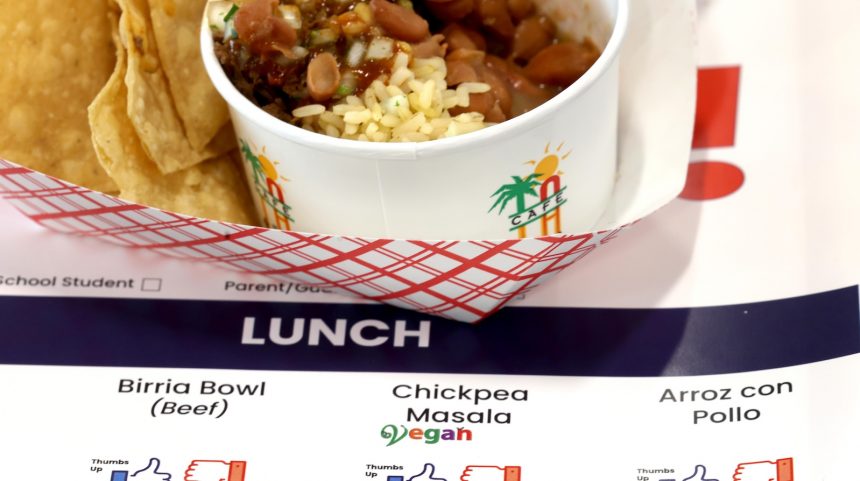Three years ago, Erin Primer had an innovative idea for a new summer program within her school district. She wanted students to gain a deeper understanding of where their food comes from. With ten years of experience in student nutrition in California’s public school system, Primer applied for grant funding from the state to launch the curriculum, and successfully secured it. Students engaged in hands-on activities like planting cilantro in a garden tower, meeting a local organic farmer who grows red lentils, and learning about corn. Many were surprised to discover that corn grows on tall plants with husks.
The curriculum, centered around integrating farming concepts into the school environment, had a lasting impact. After planting ingredients and preparing simple meals like veggie burgers, students became more open to trying new foods and flavors in the lunchroom. One particularly popular dish was a vegan red lentil dal served with coconut rice. The positive reception from students inspired Primer to continue exploring plant-based cooking options for school meals.
The push towards introducing more plant-based options in school cafeterias is part of a larger trend across California. Not only do these meals offer health benefits, but they also contribute to reducing greenhouse gas emissions associated with livestock production. The escalating demand for vegan and vegetarian options in school lunches has led to a significant increase in their availability in California. The state has been at the forefront of this movement, with a recent report showing that over half of middle and high school menus in California now offer daily vegan choices, reflecting a significant increase compared to just a few years ago.
School nutrition directors like Primer attribute the success of introducing vegan meals to programs like California’s universal free lunch initiative. When students have access to free, high-quality meals, they are more likely to experiment with new foods and enjoy them. Additionally, there is a growing awareness among students and parents about the environmental and health benefits of a plant-based diet, driving the demand for more vegan options in school cafeterias.
To support schools in implementing plant-based menus, the California legislature has established various funding programs aimed at improving kitchen infrastructure, training staff, and promoting the use of locally sourced ingredients. These initiatives are providing schools with the tools and resources needed to incorporate more plant-based options into their menus. While progress has been made in offering vegan meals, there is still room for growth in ensuring all students have access to diverse and nutritious meal choices.
Overall, the movement towards plant-based school lunches in California reflects a broader shift towards more sustainable and health-conscious food choices. By continuing to invest in resources and education, schools can further expand their offerings of vegan and vegetarian meals, ultimately benefiting both students and the environment.






